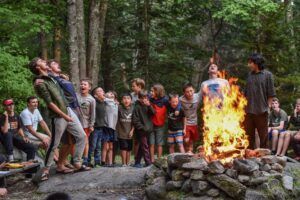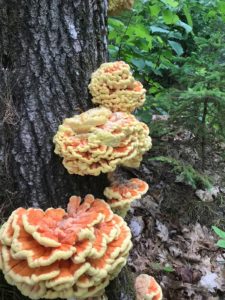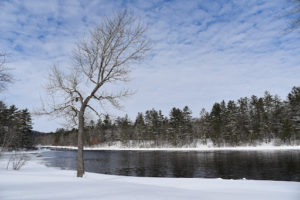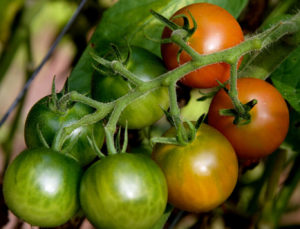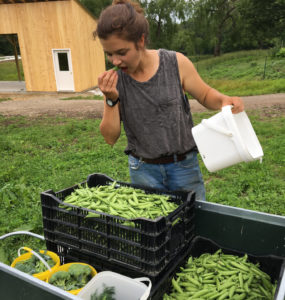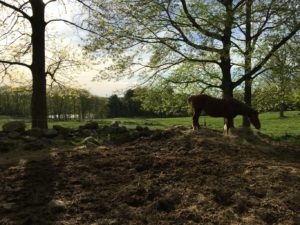Here are some observations on cheese making and Chewonki by Clare Churchill-Seder, one of our Outdoor classroom instructors:
I just have to tell you, the feta Bill and I made last week is wild. It’s delicious. It has a smoother texture than the traditional sheep or goat’s milk feta and tastes tangy, salty and fresh. We made ours with cow’s milk from the farm, aged it about three days and ate it at breakfast on Friday morning. We had it alongside homemade whole wheat bread, farm eggs, and sauteed spinach.
It was my first cheese-making experience and I was shocked at the simplicity of the process. It’s a delicate dance between milk, enzymes, mold, time and salt. Different cheeses come from different combinations of the ingredients, plus some others, plus some stirring. Some cheeses are brined, some are punctured to allow mold to creep inside. We talked about different cheeses and I looked through the book 200 Easy Homemade Cheeses.
But making cheese was more than just bearing witness for the first time. Only last week I was sitting with a good friend watching the snow come down, drinking tea, and talking about our dreams. She told me she wanted to lead an expedition and be the singer in a band. I told her I wanted to paint in the woods and learn how to make cheese. Only a couple of days later I found myself in the kitchen standing on a step stool stirring a big pot of milk. Amazing.
While it’s a simple process, it’s also slow. And I mean that in the best way because it was the kind of slow going that allowed me to be immersed in that cheese for a couple of hours. It was the kind of slow that allowed our conversation to wander and explore and settle. As I stirred the milk to separate the curds from the whey, Bill and I talked about community, about traveling, and about education. He showed me his pictures of the desert in Utah. We talked about what it means to be a part of a community with a rotating cast of wonderful people. We were holding our breaths for winter to end, anticipating the beginning of another season and the end of spring break. But before those transitions, the feta demanded my attention. And seemed gently symbolic of the teaching that can happen in a place like this.



